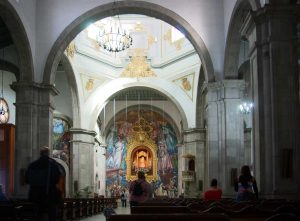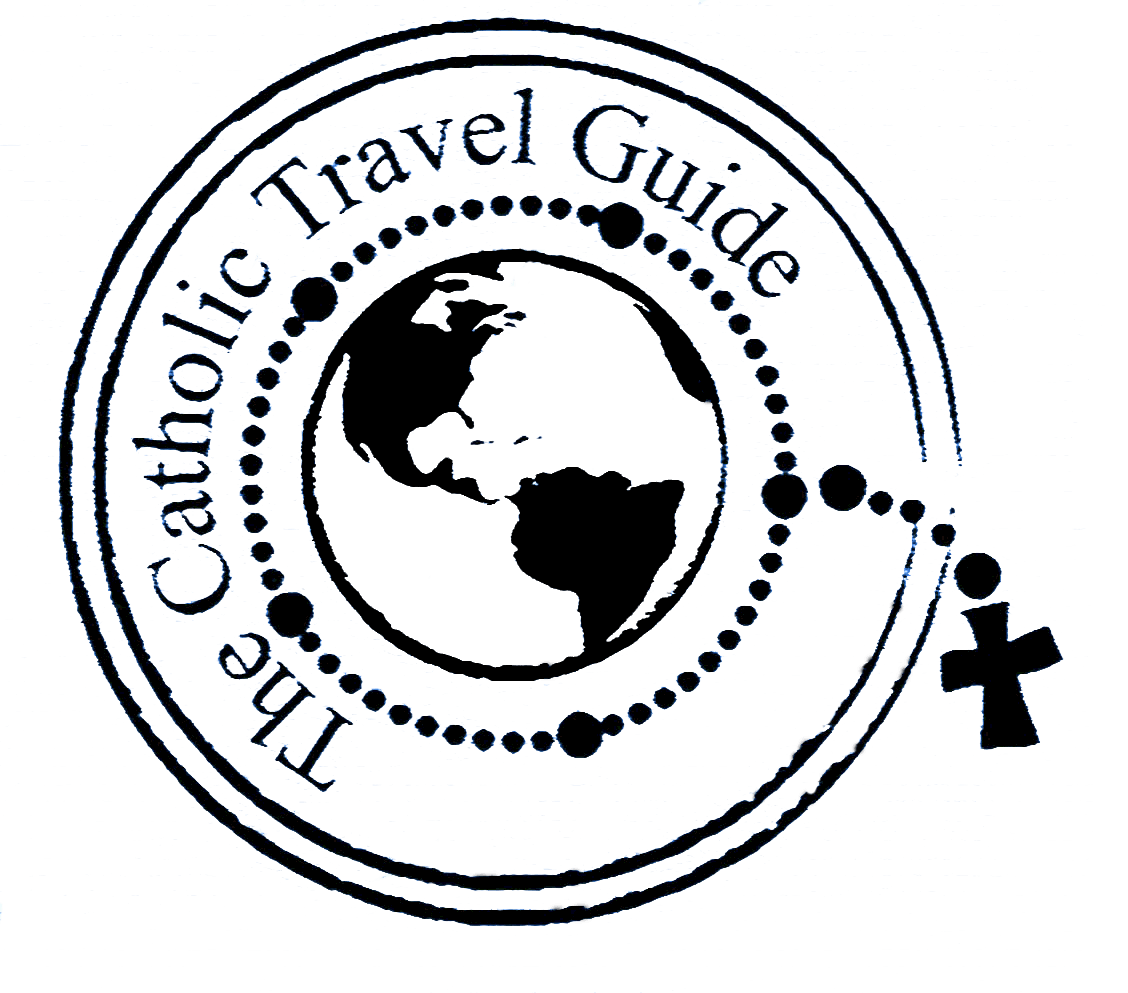Canary Islands: Tenerife & the Basilica of Our Lady of Candelaria
About the Canary Islands:
Located about 100 miles off the coast of Africa, the Canary Islands consist of seven major volcanic islands lying in the Atlantic Ocean. Each island offers a different topography, ranging from lush scenery to a more mountainous terrain.
Originally these islands were inhabited by a local people known as Guanches. The various islands that make up the Canary Islands each offer a unique landscape. The island of La Gomera is a World Heritage site and is a wonderful place to visit.
The most visited of these islands are:
1. Tenerife, the most developed of these islands, and the economic center of the Canary Islands. The main port of the island, San Sebastian de La Gomera, is the place where Christopher Columbus anchored his fleet to stock up on provisions right before setting sail on September 6, 1492 on what would be his 5-week voyage to the New World.
2. Gran Canaria, with its capital city Las Palmas, and Lanzarote (a desert island with many beaches, caves and a volcanic natural park).
About the Statue of Our Lady of Candelaria:
The story begins in 1392 when two Guanche goat herders living on Grand Canaria (the largest of the islands) found a statue of a woman on the beach following a storm. The statue depicted a black Madonna holding Baby Jesus in one arm and a green candle in the other. Being superstitious, they feared the statue and tried to destroy it. One of them attempted to throw a stone at it, but his arm was suddenly paralyzed. The other man tried to stab it, but ended up stabbing himself. Later, when they touched the statue, both men were healed.
They put the statue in a nearby cave, but it was not long before the Guanches themselves were venerating the statue! Finally they placed the statue in a grotto they had built to honor her. This made the conversion to Christianity much easier, because the Spanish missionaries who arrived in the 15th Century, already had a devotion to the Blessed Mother, even if they did not know who she was. In 1536 a Basilica was built here and later replaced with a larger one in the 1800’s.
The original statue, however, was lost in a storm in 1826, when a tidal wave hit the island and did not survive. The statue you see today is a replica of the original statue.
Today, Our Lady of Candelaria is the patron saint of both the city of Candelaria and all of the Canary Islands. Thousands of pilgrims flock there each year. The Feast of Our Lady of Candelaria is celebrated on February 2nd and coincides with the Feast of the Presentation (also known as Candlemass).
To this day the islands remain a part of Spain and some 90% of the population is Catholic.
About the Basilica of Our Lady of Candelaria:

The Minor Basilica of Our Lady of Candelaria is one of the highlights of any visit to the island.
Masses on Sundays and Holy Days of Obligation.
Check for times before you go.
Traveling to the Canary Islands:
Due to its popularity as a tourist destination, seven islands have airports: there are international airports in Gran Canaria, Tenerife and Lanzarote, while the other islands have smaller airports.
Almost everyone arrives by air, with the exception of cruise ships that make port calls here. There is also international ferry service from both Spain and Morocco, as well as ferry service between the islands.
Note: a group of 16 families sailed from the Canary Islands in 1730 for “New Spain”. They landed in Mexico and from there traveled north in to what was then called “New Spain” but today is the state of Texas. They found a site that suited their goals and established a city that would later become San Antonio, Texas in 1731, a year after their departure. There is a replica of Our Lady of Candelaria in San Fernando Cathedral in San Antonio.

